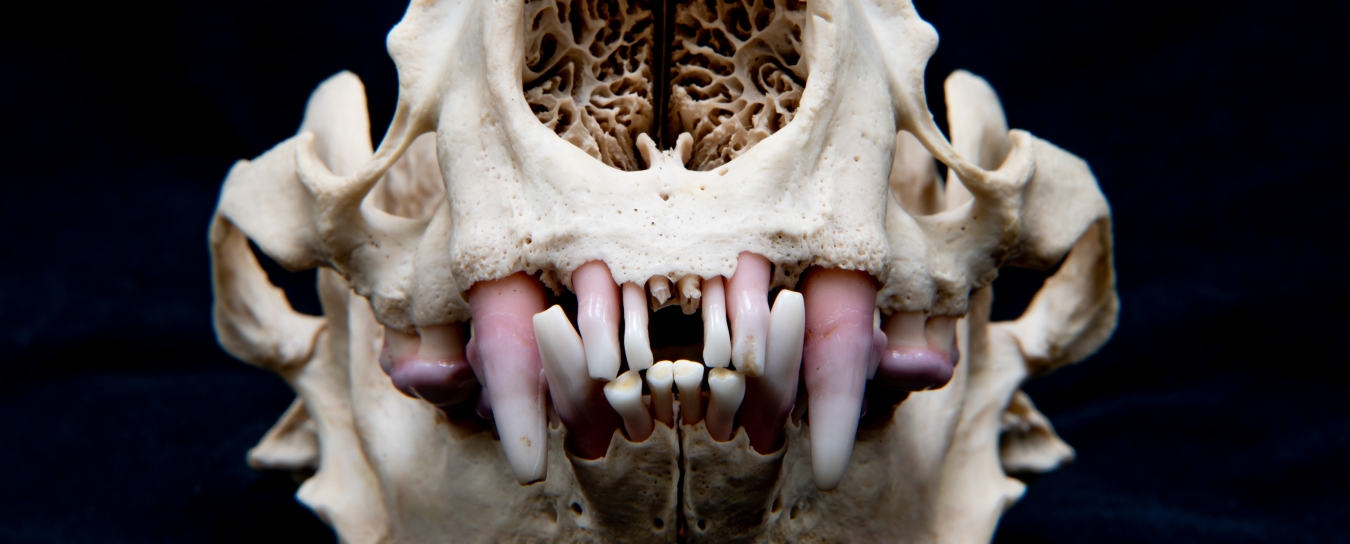
Vertebrates
Browse our Q&A about birds, eggs, nests, amphibians, reptiles, and mammals of the Central Coast and Channel Islands.
- Anthropology
- Rocks & Fossils
- Invertebrates
- Vertebrates
- Botany
- Astronomy
- Fungi
- General
- Recently Asked
Owl Spotting
If I were to go out at night with a flashlight, how likely would it be for me to find some owls? Also, where would I have the highest chance of seeing owls? I'm 13 years old and I went out to Douglas Preserve with my dad at night but we didn't find anything. Is it better to walk around with a flashlight or stay in one spot and wait for them? If you recommend waiting, should we be by a perch, or a cluster of trees, or by an open field?
Thanks!
Curator Response
Hi Oliver,
How do you find owls? It's a good question. Seeing an owl is usually harder than hearing one, which is why it's good to learn what they sound like. Cornell Lab of Ornithology’s allaboutbirds.org is a great place for ID information and audio clips. The SBCoBirding discussion group is a resource for local bird sightings, and sometimes birders share audio clips of what they’re hearing locally, too.
Douglas Preserve is not a bad choice. I would expect Great Horned Owls to nest in the eucalyptus trees there, and you'd possibly find the ghostly pale shapes of Barn Owls flopping around in the open spaces at dusk.
One of the best places, especially in winter, is More Mesa. Wander out onto a high spot on the mesa around 4:00 or so, and as dusk falls, scan the horizon on all sides to pick out anything flying. It's easier to see shapes against the lighter sky. Any time of year, you might find Great Horned and Barn. In winter, you might also find the rarer Short-eared Owl and Burrowing Owl—these two only occur in winter and not every year. Great Horned, Barn, and Short-eared are all open-space hunters, coursing over the fields looking for rodents. Burrowing hunts mostly from the ground or a low perch. Also scan the trees and bushes with your binoculars; as it gets dim, you want to check every "bump" on the tops of shrubs and posts. Sometimes that bump is an owl perched quietly, watching for prey. You may also see White-tailed Kites as they come and go from evening roosts in the oak trees on the north side of the mesa; Northern Harrier is another regular winter sighting there.
Any spot with numerous large trees—such as eucalyptus or conifers—usually has a Great Horned Owl or two, as long as there is prey available nearby. Get to know their hooting pattern, particularly in fall and winter when they are pairing to nest. They can be very vocal, and sometimes they give away their presence that way. Barn Owls roost in the dried fronds of large palm trees, tucked under the fresher green fronds among the large brown leaves. Look around the base of the trees for their pellets, a sure sign of their using it as a roost. You might even find one snoozing in a palm tree in your neighborhood. Many people think they have “screech owls” nearby because they hear a loud screechy hiss at night—but those are Barn Owl calls! The Western Screech Owl, a resident of dense oak woodlands, doesn’t screech but has a string of mellow hoots that sound like a bouncing ball.
No matter where you go, it is wise to remember this: most owls make their living at night. This is their prime hunting time, particularly at dawn and dusk. Never chase an owl from perch to perch to get a better look, especially with a flashlight or a camera. This can be very disruptive and cause the bird to miss out on a meal, and sometimes push it out of its safety zone. Owls are territorial and can aggressively chase other owls out of their hunting grounds. If you find a roosting owl during the day, take a quick look and then move away to give it some space. As with all types of nature observation, always watch an animal's behavior and respect its boundaries.
"Owling," as we call it, is more often about sounds than sightings. The more you know about their sounds, the better prepared you'll be to find owls. And you'll be amazed at how bright starlight can be once your eyes adjust—no flashlight needed! There is nothing like standing in a forest or open field in the dark, tuning into the small noises that give you clues about what's going on around you: small feet scurrying, rustling leaves, screeches, hoots, and hisses can tell you that owls are on the move. Once you know what to listen for, the night begins to reveal its secrets.
Keep birding,
Birding instructor and Volunteer Coordinator Rebecca Fagan Coulter


